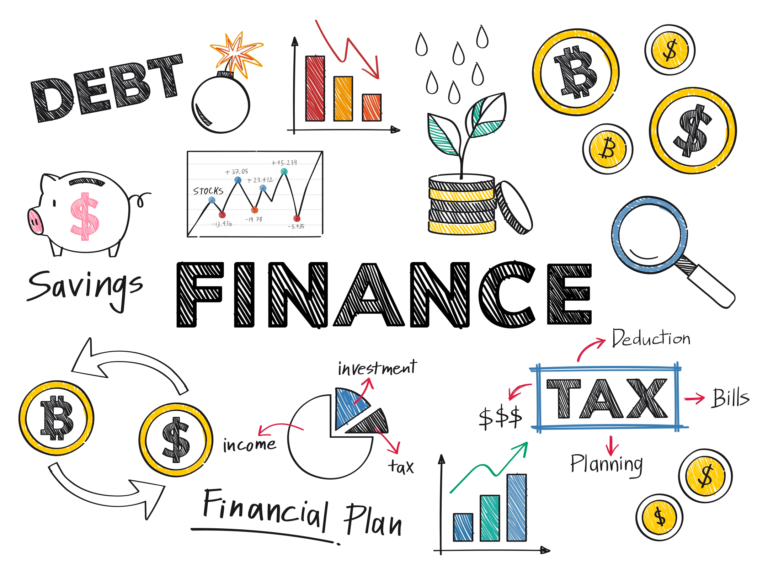
emergency fund millenial India
In the fast-paced, ever-changing landscape of modern India, financial security has become more crucial than ever for millennials. Gone are the days when a steady job guaranteed lifelong stability. Today’s young professionals navigate a world of startup cultures, global economic uncertainties, and rapidly evolving career paths. At the heart of navigating this complex financial terrain lies a powerful tool often overlooked: the emergency fund.
The Harsh Reality of Financial Vulnerability
Picture this: You’re a young professional in Mumbai, riding the wave of career success, enjoying weekend brunches, and planning your next travel adventure. Suddenly, an unexpected job loss or a medical emergency strikes. Without a financial cushion, that carefully constructed life can quickly unravel. This is where an emergency fund becomes your financial lifeline.
Recent studies paint a sobering picture. Nearly 75% of Indians lack proper financial planning, leaving themselves exposed to potential financial disasters. A staggering 62% have faced at least one financial emergency in the past year, with 43% requiring more than ₹50,000 to cover unexpected expenses. These aren’t just statistics—they’re real-life scenarios that could happen to anyone.
What Exactly is an Emergency Fund?
Think of an emergency fund as your personal financial first-aid kit. It’s a dedicated pool of money set aside specifically to cover unexpected expenses or financial emergencies. Unlike your regular savings or investment accounts, this fund is your safety net—designed to catch you when life throws unexpected curveballs.
The golden rule? Aim to save between 3 to 6 months of your essential living expenses. For those with more responsibilities—like supporting family or working in volatile industries—extending this to 9 or 12 months is even wiser.
Crafting Your Emergency Fund: A Step-by-Step Approach
1. Calculate Your Essential Expenses
Start by understanding your true monthly needs. This isn’t about your lifestyle wants, but your absolute essentials:
- Rent or home loan EMI
- Groceries
- Utility bills
- Transportation costs
- Insurance premiums
- Essential loan repayments
- Basic medical expenses
A practical tip: Track your expenses for a month using a budgeting app or spreadsheet. You might be surprised how much you can trim without sacrificing quality of life.
2. The Smart Saving Strategy
Adopt the 50/30/20 budgeting rule:
- 50% of your income for needs
- 30% for wants
- 20% for savings and debt repayment
The key is to treat your emergency fund contribution as a non-negotiable expense. Automate your savings—set up a recurring transfer on your payday that goes directly into a dedicated emergency fund account.
Where to Park Your Emergency Funds
Not all savings are created equal. Here’s a strategic breakdown of emergency fund storage options to help you make an informed decision.
Comparative Analysis of Emergency Fund Instruments
| Instrument | Liquidity | Safety | Typical Returns | Best For |
|---|---|---|---|---|
| Savings Account | Instant | Very High | 2.7% – 7.75% | Immediate emergency needs |
| Fixed Deposits | Moderate | High | 4.0% – 7.1% | Short-term stable savings |
| Liquid Mutual Funds | Quick (T+1) | Relatively High | 7.0% – 7.4% | Balanced approach |
| Ultra Short Duration Funds | Quick (T+1) | Moderate | 7.5% – 8.1% | Long-term emergency corpus |
Top Banks and Their Savings Account Rates
| Bank Name | Interest Rate (p.a.) | Minimum Balance | Special Features |
|---|---|---|---|
| State Bank of India | 2.70% | Nil/Low | Widely accessible |
| HDFC Bank | 3.00% – 3.50% | ₹2,500 – ₹10,000 | Sweep-in facility |
| ICICI Bank | 3.00% – 3.50% | ₹1,000 – ₹10,000 | Digital banking |
| Kotak Mahindra Bank | 3.50% | ₹5,000 – ₹10,000 | User-friendly app |
| Utkarsh Small Finance Bank | 3.50% – 7.75% | ₹2,500 – ₹5,000 | Higher interest rates |
Tiered Emergency Fund Strategy
| Tier | Months Covered | Recommended Instruments | Key Characteristic |
|---|---|---|---|
| Tier 1 | 1-2 months | High-yield Savings Accounts | Maximum Liquidity |
| Tier 2 | 2-4 months | Sweep-in FDs, Liquid Mutual Funds | Quick Access, Better Returns |
| Tier 3 | Remaining Portion | Ultra Short Duration Funds | Potential Higher Returns |
Not all savings are created equal. Here’s a strategic approach to storing your emergency fund:
Tier 1: Instant Access (1-2 months’ expenses)
Choose a high-yield savings account. Small Finance Banks often offer more attractive interest rates compared to traditional banks. The goal here is maximum liquidity—you want to access this money instantly if needed.
Tier 2: Quick Access with Better Returns (2-4 months’ expenses)
Consider a mix of:
- Sweep-in Fixed Deposits
- Short-term liquid mutual funds
- Flexi-deposit accounts
Tier 3: Contingency Buffer (Remaining portion)
Explore liquid mutual funds or ultra-short duration funds that offer slightly better returns while maintaining relatively low risk.
Common Pitfalls to Avoid
- Don’t Touch It: Your emergency fund is for genuine emergencies—not impromptu shopping sprees or vacation upgrades.
- Keep It Liquid: Avoid locking all your emergency funds in long-term investments.
- Regular Review: Reassess your emergency fund annually or after major life changes.
The Psychological Benefits
Beyond financial security, an emergency fund offers something priceless—peace of mind. It’s your personal shield against financial stress, allowing you to take calculated career risks, pursue entrepreneurial dreams, or simply breathe easier knowing you’re prepared.
Getting Started Today
The best time to start an emergency fund was yesterday. The second-best time is now. Begin with whatever you can—₹1,000, ₹5,000, or ₹10,000. Consistency matters more than the initial amount.
Pro tip: Use any windfalls—bonuses, tax refunds, monetary gifts—to give your emergency fund a quick boost.
A Note to the Millennial Dreamer
Building an emergency fund isn’t about restricting your lifestyle—it’s about protecting your dreams. It’s a testament to your financial maturity, a sign that you’re not just living in the moment, but preparing for a robust, secure future.
Remember, financial freedom isn’t about how much you earn, but how wisely you manage what you have. Your emergency fund is your first step towards true financial independence.
Start small. Stay consistent. Protect your future.





